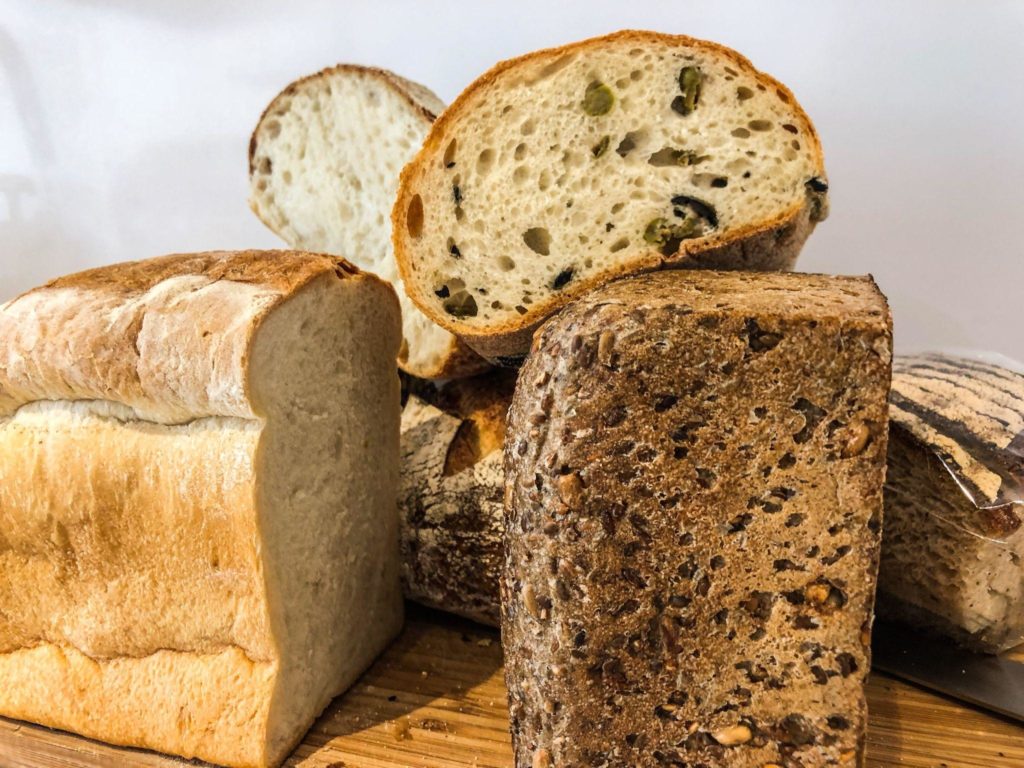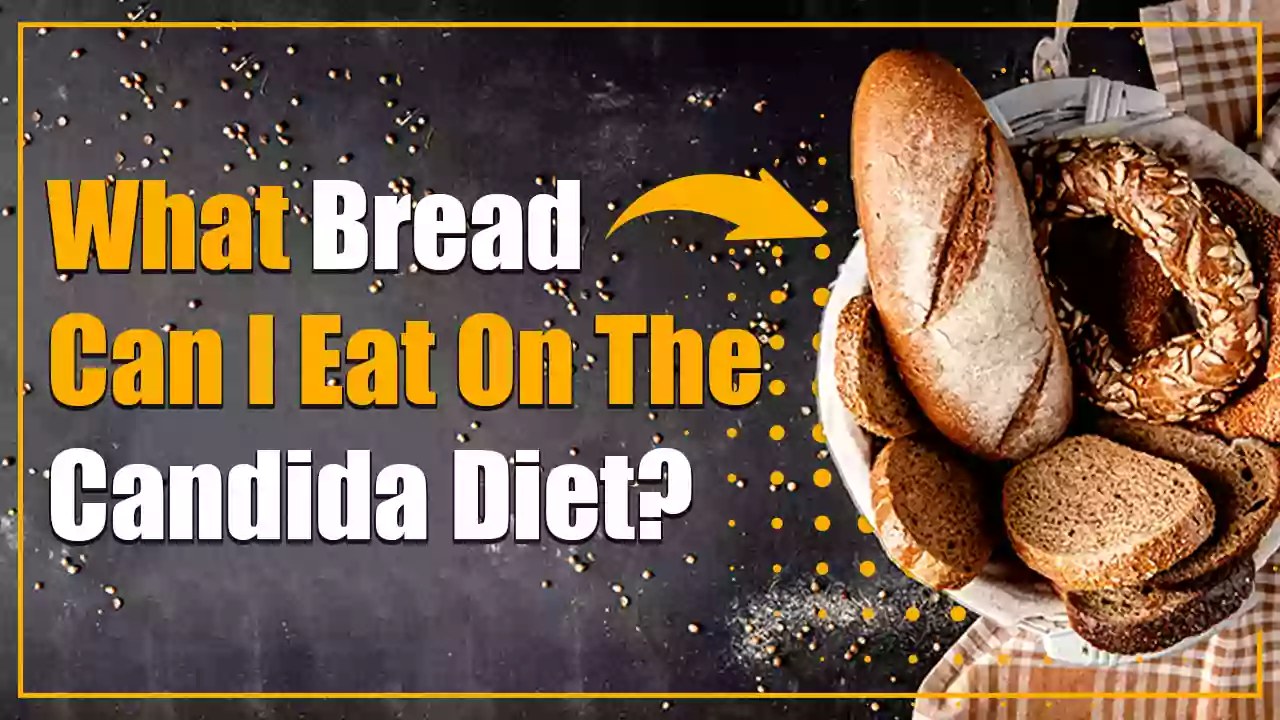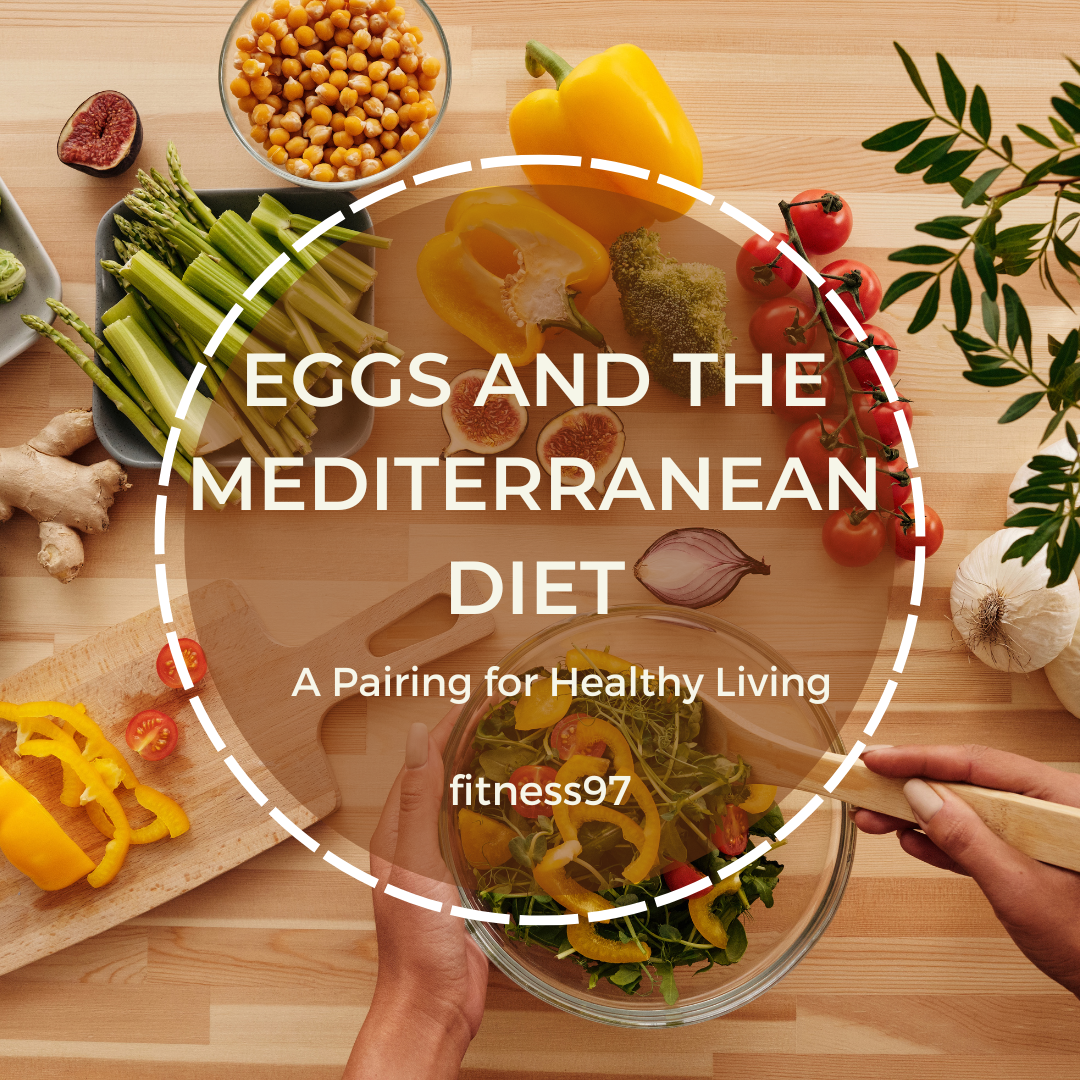Bread is the most common food consumed for breakfast, lunch, and dinner. In short, people have been consuming it the whole day in one or another form. However, due to some medical reasons, people are sometimes advised not to eat bread or to eat specific bread types. The Candida diet also restricts the consumption of bread and only allows certain bread types. Let’s see what kind of bread you can have while on the Candida diet.

What is the Candida diet?
A restrictive diet plan is followed to cure or alleviate the symptoms of Candidiasis; an infection caused by Candida albicans in humans due to its overgrowth. This infection causes rashes, dryness, and itching around the mouth and esophageal pathway. It has no definitive medicine to cure, that’s why the Candida diet has been designed in which specific food items are not allowed to eat, as those foods increase the growth of this very yeast.
Allowed and prohibited foods on the Candida diet?
To ensure that your body does not overgrow Candida albicans the Candida diet needs you to eat foods rich in protein, fresh and non-starchy veggies, fresh low on sugar fruits, complex carbs, and healthy fats. To curb the overgrowth of the yeast, it’s imperative to limit its food. That’s why the Candida diet does not allow you to have sugar, simple carbs, yeast, mold, and mushrooms.
What bread can I eat on the Candida diet?
Yeast-free bread. Because yeast uses the sugar and refined carbs in your body to grow more and more. Any bread or foods made from the bread, if free of yeast, can be consumed while following the Candida diet. This bread could be made out of many or single ingredients but should not contain sugar. Here is the list of the bread that you can consume without worries while on the Candida diet. It’s not an ultimate one, but it covers most of the bread options.
1: Almond flour bread
Plant-based alternatives are always low on carbs, and so is Almond flour. The bread made from this flour is a healthy alternative to common bread for people suffering from Candidiasis. It not only limits the growth of the yeast but also provides nutritional values. It provides protein, minerals, and vitamins to your body.
2: Sourdough bread
It is one of the natural bread options which uses natural yeast to rise and does not require commercial yeast to be added. This much amount of yeast can be tolerated by people suffering from Candidiasis. Its preparation is a two-step process. In the first step, its starter is produced which promotes the growth of the naturally air-borne yeast to grow and make the bread rise. This natural growth of the yeast keeps its quantity minimum in the bread. In the second step, it is shaped and baked.
3: Quinoa flour bread
Quinoa seeds are rich in proteins and low in carbs-that makes their flour a perfect choice to make bread for the Candida diet. Its recipe does not include adding yeast or other refined flours to it, which makes it a healthy option. It is also one of such foods that provide all nine essential amino acids.
4: Millet flour bread
It can be labeled as a perfect substitute for the common bread due to its various health benefits. It is free of yeast and refined flours which usually aggravate the growth of the Candida. It does not let anyone miss on the nutrients as it has plentiful phosphorus, magnesium, calcium, and other minerals.
5: Chickpea flour bread
Chickpeas are common to consume on many other diets as well due to their nutritional value. Chickpea flour bread lowers the intake of yeast and carbs while on the Candida diet. Having chickpea flour bread while on the Candida diet will not only fulfill your protein and fiber needs but is good in taste as well.
6: Coconut flour bread
Eating the same tasteless bread can be a hard choice. Coconut flour bread can be a good alternative to treat your taste buds without worsening your Candidiasis. As coconuts are very low in carbs and their flour does not contain any yeast. It has other health benefits too like providing a smooth digestive system as it is rich in fiber. The large quantity of healthy fats in it improves our immunity.
Conclusion
The Candida diet requires you to become conscious of your food choices. Bread is somewhat essential to our diet routine, that’s why you should not stop consuming it altogether. But having yeast and sugar-free bread will keep you full and will limit the growth of the Candida to avoid or alleviate the symptoms of the Candidiasis. The best choice is homemade bread but you can buy it from any trusted bakery as well.
Candidiasis can happen to anyone and people who suffer from it should give the Candida diet a try. It has no medical proof yet, but its use has benefitted many people who have been sharing their experiences online.

I look up to fitness as a lifestyle and love to pen down about it. I have 2 years of experience in content writing and I am here to share my research and knowledge on health and fitness.













